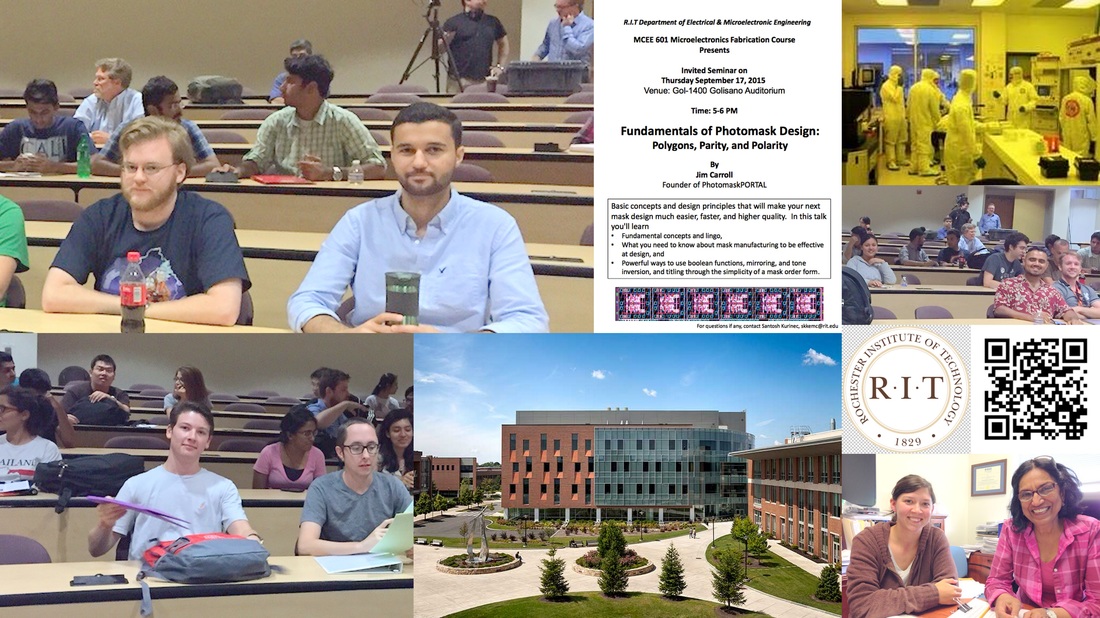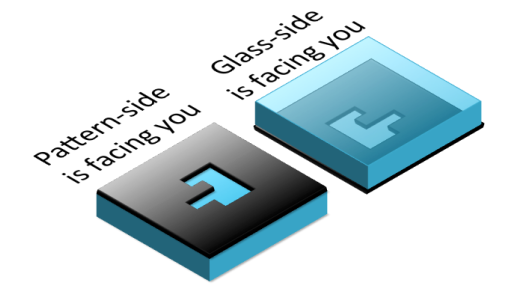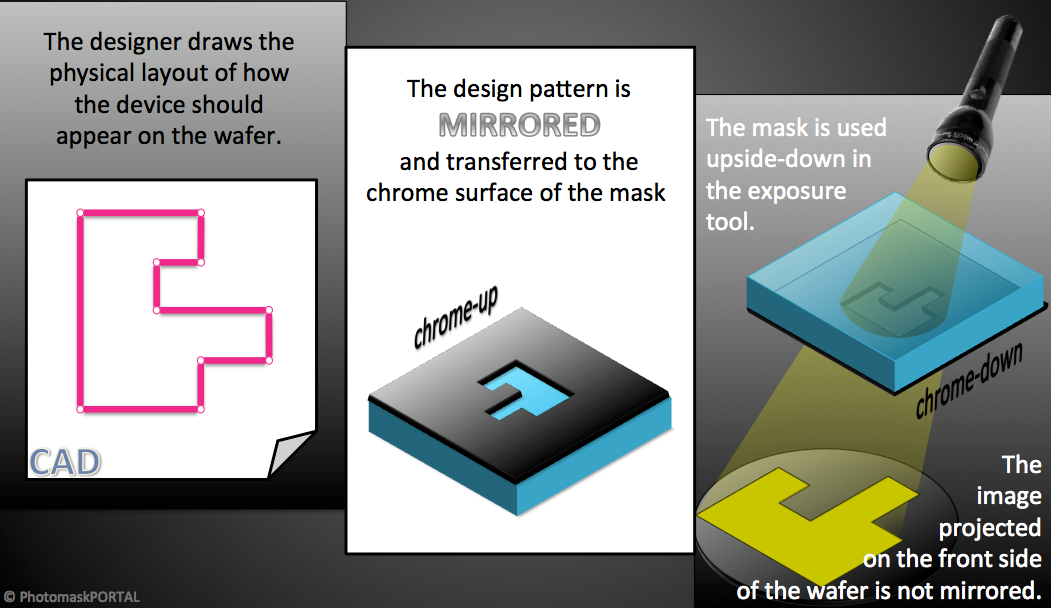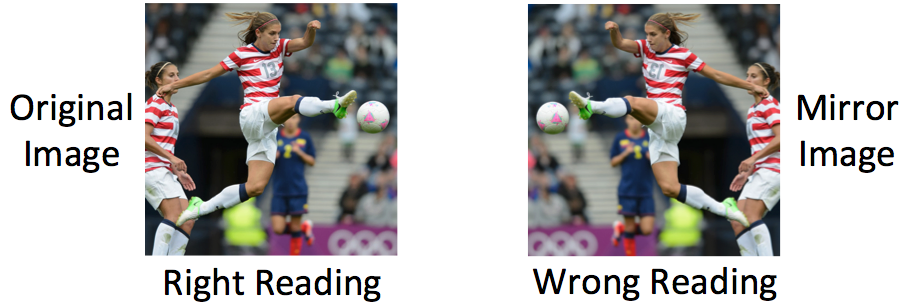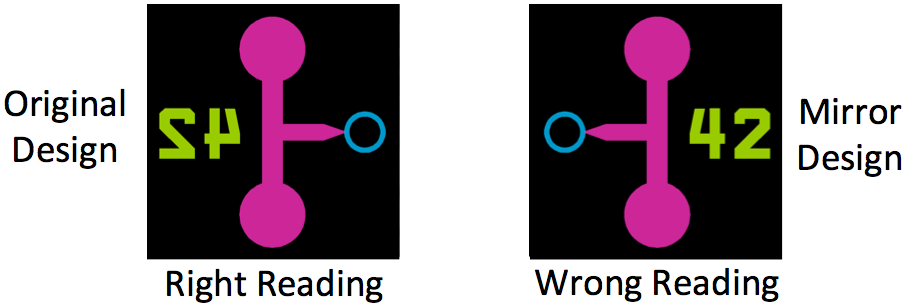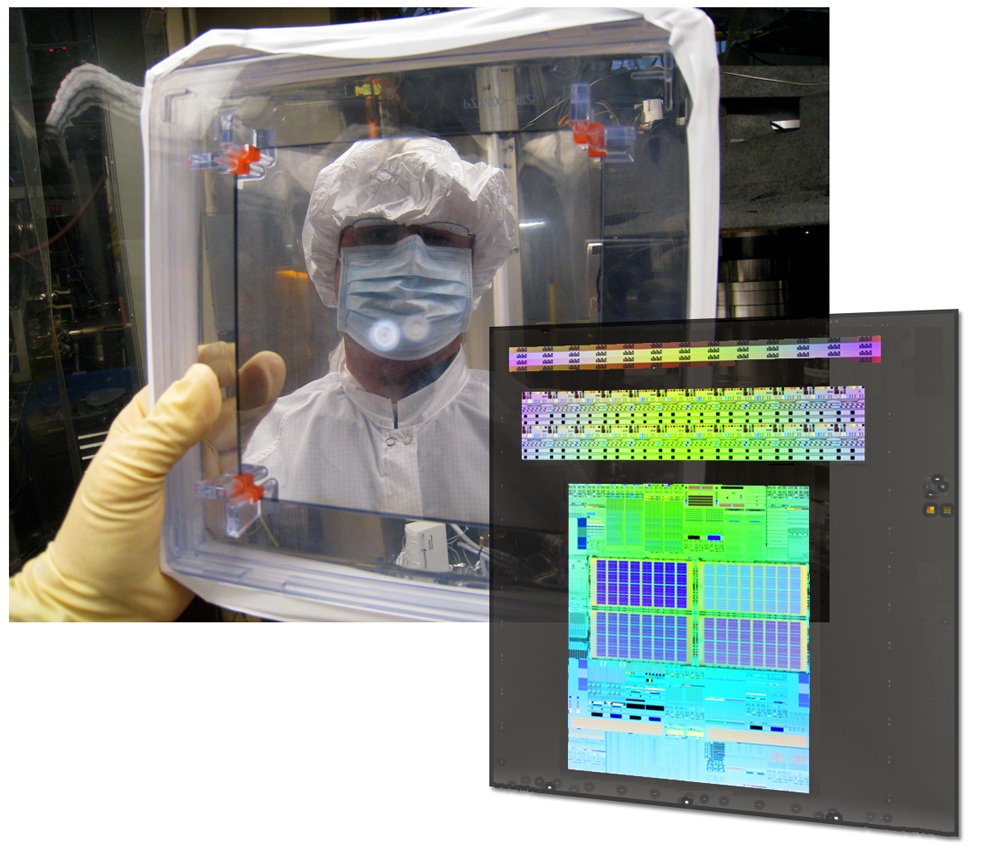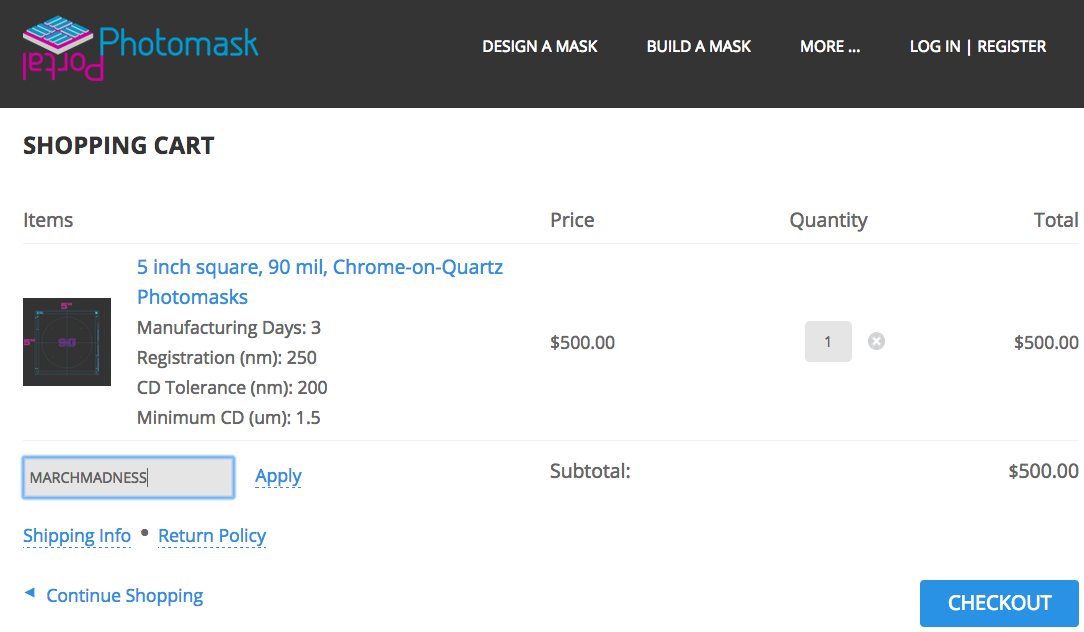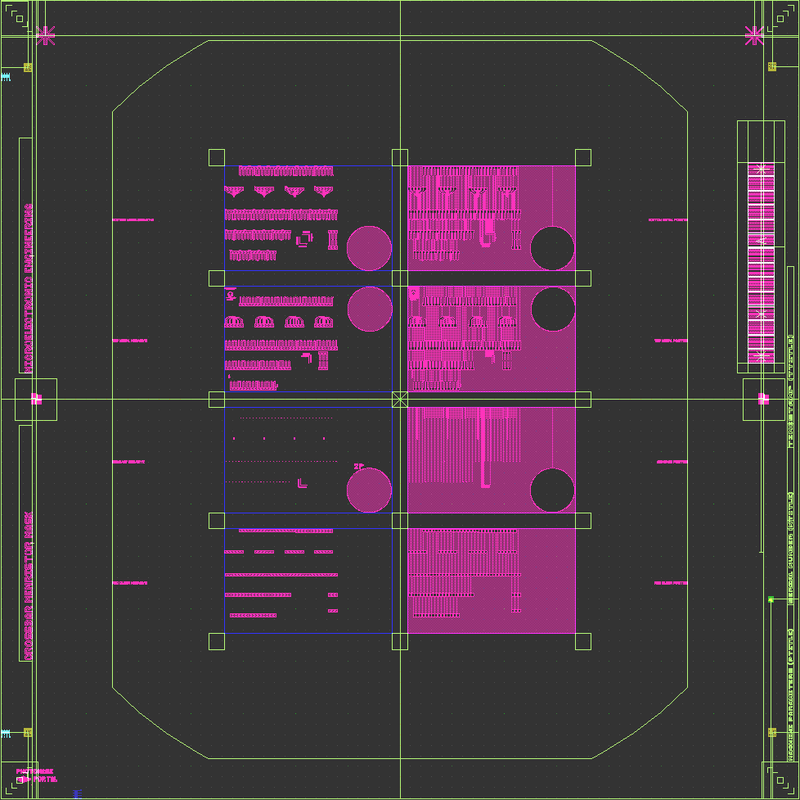 A new release of LayoutEditor is ready for DOWNLOAD. As always Juergen has added many improvements. Contact us if you need any help with the update. If you don't yet have a license, you can buy a perpetual license for LayoutEditor in our STORE.
2 Comments
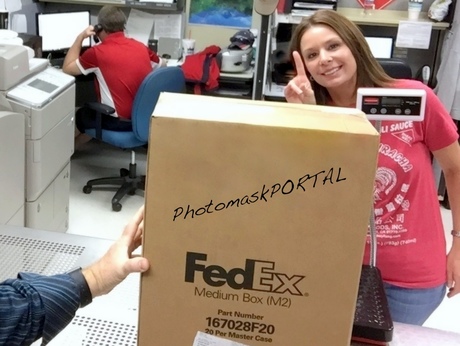 At PhotomaskPORTAL, we strive to make a great first impression. And nobody is more important in that regard than the person who assembles the shipment. Amber is one of the people who ships our product. And she is a bonafide artist when it comes to composing the package so that it not only protects the product during transit but also looks good when it arrives. Amber does a fantastic job and makes our product look its best. Amber is awesome! We enjoyed attending the 2015 CNF Annual Meeting in Ithaca, NY and getting to meet many of the users. Congratulations to all the students that participated in the poster competition. Photos are courtesy of Cornell University Photography.
... and Spencer, Emily, Salih Muhammad and the rest of the MCEE 601 class for inviting me to talk about photomasks.
To tell us the mask parity you want, we need to know both the image parity (right-reading or wrong-reading) and the frame of reference (chrome-up or chrome-down).
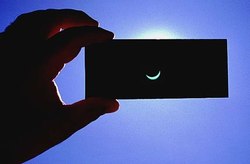 If you hold a chrome mask up to a light, you can vaguely see the light shining through the chrome, much like the light leaking through a solar eclipse filter or welding goggles. The purpose of the metallic coating on a photomask, such as chrome, is to attenuate the transmission of light enough that photoresist on the other side will not be activated. We want the coating to be thick enough to attenuate most of the light, but we also want it as thin as possible to get the best dimensional control on the mask since the thinner the chrome, the less etching is required. So decades ago, when the industry standardized on chrome as the absorber of choice, it was determined that an optical density of 3.0 was sufficiently opaque at common exposure wavelengths in the UV spectrum. Technically, optical density is the amount of attenuation -- or gradual intensity loss -- that occurs when light passes through an optical component. Mathematically, optical density is a logarithmic scale of how much light is transmitted through the absorber material: OD = Log (Power transmission factor). For example, an optical density of 3 attenuates the light power by a factor of 10^3 (1,000). An optical density of 4 attenuates the light power by a factor of 10^4 (10,000). This optical attenuation may result from not only absorption of light but also from scattering of light. Absorbance, a closely related term, considers only absorption within the optical component but not scattering. Transmitted Light Optical Density 100.00% = 1.0000 = 1x10^0 0 10.00% = 0.1000 = 1x10^-1 1 1.00% = 0.0100 = 1x10^-2 2 0.10% = 0.0010 = 1x10^-3 3 0.01% = 0.0001 = 1x10^-4 4 A photomask will typically have a base layer of chrome between 80 to 100nm thick (not including the chrome oxide on top of it) to achieve an optical density of 3.0 in the UV spectrum. For exposure wavelengths in the deep UV, such as 193nm, the balance is shifting towards thinner chrome (and lower optical density) in pursuit of better control of smaller features.
Receive free 2-3 day shipping to any address in the United States when you spend $500 or more, all month long. Simply enter coupon MARCHMADNESS during checkout.
In addition to 1X masks for contact and proximity aligners, we also build reticles for 4X and 5X steppers. This client gave us a gds-II design file consisting of four layers. Complying with the reticle design guide for this specific stepper type, we laid out the four layers on a single reticle in both negative and positive tones and added the appropriate ASML alignment fiducials and barcode. The client placed the order on a Thursday and the completed 6" quartz reticle arrived on Tuesday. The reticle had a 2.5um contact as the critical dimension which measured within 43nm of the nominal value.
If you need help with your reticle layout, just ask. As long as we know your stepper make and model, we can help you with the appropriate fiducials, marks, barcodes, pellicles, stepper job, and composition. At PhotomaskPORTAL, we help you make masks. If you are have a head for programming and CAD, like working with multiple layers of abstraction, and are willing to relocate to the great state of Texas, please let us know of your interest.
|
